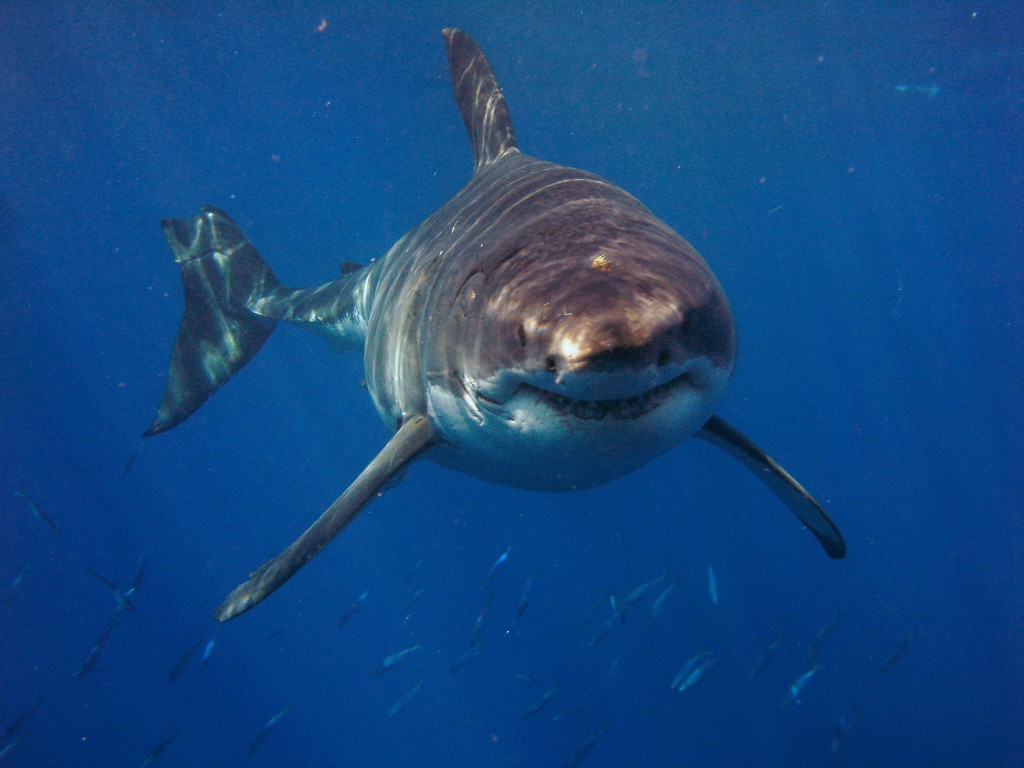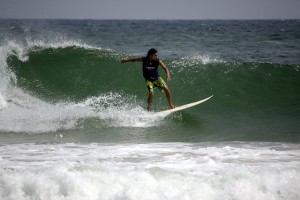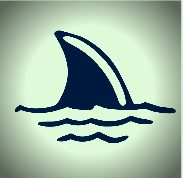LOS ANGELES (USA)- 2017 saw more shark sightings and shark attacks along the US Pacific Coast than the years before. Last year saw a total of 9 authenticated unprovoked shark attacks, according to the report of the Shark Research Committee. None were fatal.
Eight of the attacks took place along the coast of California and one in the state of Washington. The summer months, with more people in the water, saw the most attacks, 5 attacks. There was 1 shark attack reported south of the southern Santa Barbara County line, with the remaining 8 attacks from Santa Barbara County north. The single Washington shark attack occurred at the Grays Harbor jetty in Westport.

Kayakers
Half of the attacks took place on kayakers. Two on surfers, one paddleboarder, one freediver and one swimmer. The Great White Shark, Carcharodon carcharias, was positively identified or highly suspect in all 9 of the attacks.
20th Century
The publication “Shark Attacks of the Twentieth Century” authenticated 108 unprovoked shark attacks from the Pacific Coast between 1900 and 1999. The Great White Shark was implicated in 94 (87%) of the 108 confirmed attacks with an annual average of slightly more than one shark attack per year.
21st Century
The 9 cases reported for 2017 brings the total number of unprovoked shark attacks occurring along the Pacific Coast during the 21st Century to 103. This is ‘six times’ the Twentieth Century annual average of slightly more than one shark attack per year. The Great White Shark was positively identified or highly suspect in 92 (89%) of the 103 attacks recorded during the 21st Century.
From 2000 to the present, 51 (50%) of the 103 confirmed shark attacks occurred during the three month period of August (16), September (13), and October (22). There have been 211 authenticated unprovoked shark attacks reported from the Pacific Coast of North America from 1900 thru 2017. The Great White Shark was positively identified or highly suspect in 186 (88%) of the 211 cases.
There were 8 fatal shark attacks confirmed from 1900 to 1999 and 5 fatal attacks reported from 2000 to 2017. The 13 fatal attacks represent 6% of the 211 total cases.

Surfers
Surfers are the highest risk group, as shown in the report. Victim activity for the 103 shark attacks reported from the Pacific Coast since 2000 are distributed in the following ocean user groups; surfing 62 (60%), kayaking 17 (17%), swimming 8 (8%), diving 6 (6%), paddleboarding 6 (6%), outrigger 1 (1%), windsurfing 1 (1%), fishing 1 (1%), and boogie boarding 1 (1%).
There was an increase in the number of Great White Shark observations, encounters, and interactions with ‘pinnipeds,’ reported in 2017.

